10 steps to producing perfect '80s pop
The tricks you need to pull if you want to sound authentically retro
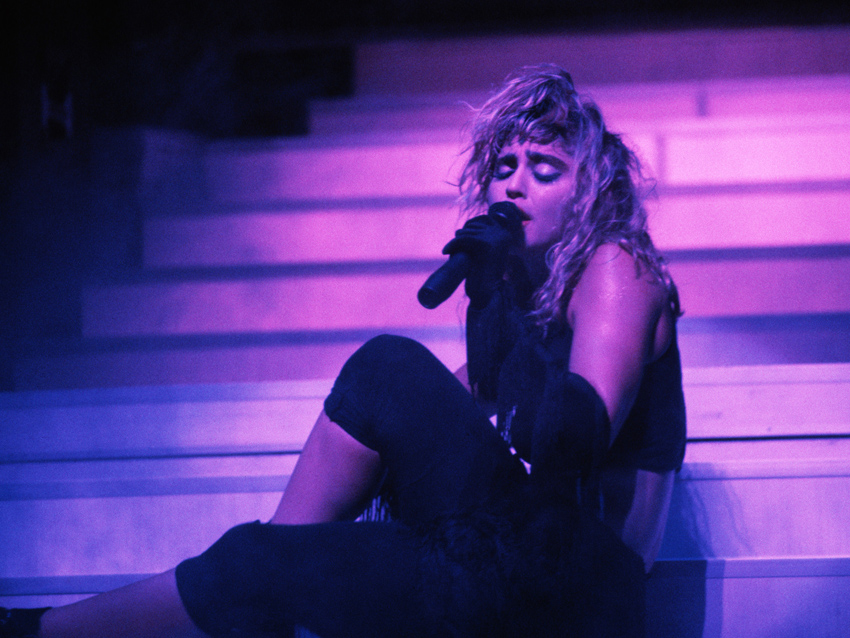
The decade that we don't want to forget
Every once in a while, the sounds of the '80s come back into fashion again. Even if you're too young to remember the decade itself, you will have heard the influence of the '80s in music from Guetta to Gaga - think bouncy basslines, slick synth lines, lush electric pianos (probably from a Yamaha DX7) and processed drums aplenty. In fact, some acts, such as Chromeo and Justice, make the sounds of that decade their stock-in-trade, and actively seek to emulate the mixing techniques of the period.
In this tutorial we're going to guide you towards ten iconic, quintessentially '80s sounds. We'll also be exposing the hot hardware of the decade - but rather than suggesting you splash your cash on piles of retro studio gear, we'll demonstrate how you can use your own DAW and plugins to emulate the sounds of yesteryear. Where possible, we'll use or suggest synths and effects from the CM Plugins collection that comes on every Computer Music magazine DVD or from the Vault that you can access when you buy an issue.
So, don your Aviators and powersuit, and let's pop back to the '80s.
NEXT: '80s FM synth sounds
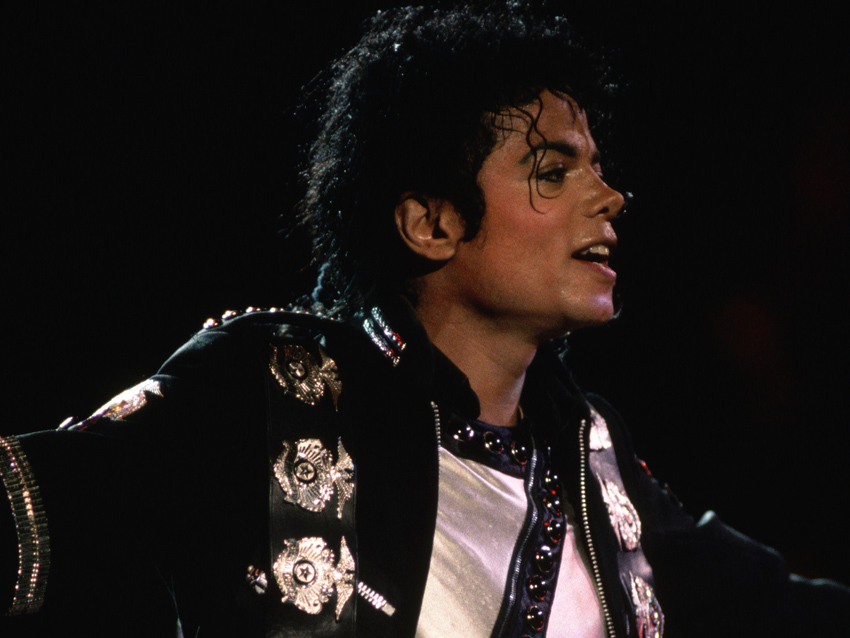
'80s FM synth sounds
Some sounds reek so much of the' 80s that they’ve become sonic stereotypes. FM synths are just one such example - they featured heavily on many tracks, especially the 32 classic factory patches from the popular Yamaha DX7.
You can hear the DX7’s electric piano patch on countless '80s ballads and its basses in tracks such as Madonna’s Live To Tell and Another Part Of Me by Michael Jackson.
The excellent Rhino CM from the plugins collection has stellar FM capabilities, and it’s already tooled up with presets ripe for '80s tracks. It can be utilised for FM pianos, brass and bass. If you find the theory behind FM synthesis daunting, then don’t worry - the presets have handy User Controls at the bottom right of the interface for easily tweaking the basic parameters.
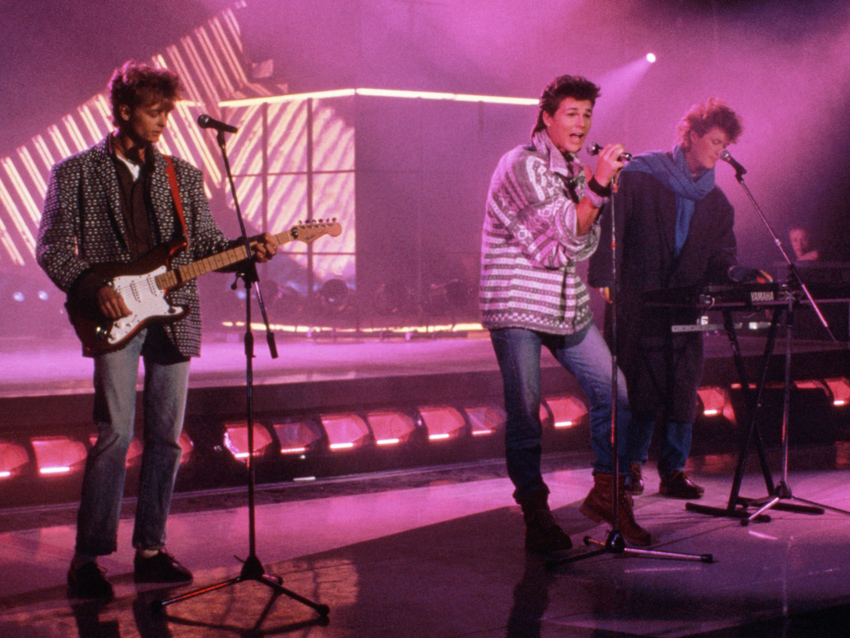
Arpeggiated pop synths
Hardware synths like the Roland Juno-60 featured onboard arpeggiators. You can hear the effect on tracks like Limahl’s NeverEnding Story and Take On Me by A-ha. The classic up/down pattern was common, and often had a ping-pong delay effect added to lend further life and movement to the sound.
You can mimic this easily using the arpeggiator in your DAW or synth, along with a basic delay.

Massive gated snares
The gated snare sound which is often attributed to Phil Collins was actually created by producer Hugh Padgham for the Peter Gabriel track Intruder, on which Collins played. Learn how to recreate this archetypal '80s effect here…
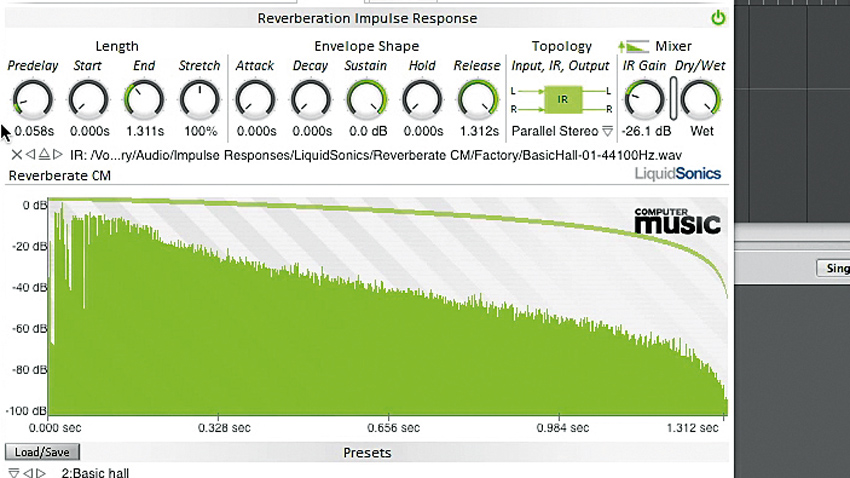
Step 1: We load up a generic rock drum kit instrument and program snare hits on the backbeat. Next, we send the snare to an auxiliary return with a reverb placed on it. In this case, we’re using Reverberate CM’s Basic Hall, but any long hall or plate reverb would work just as well.
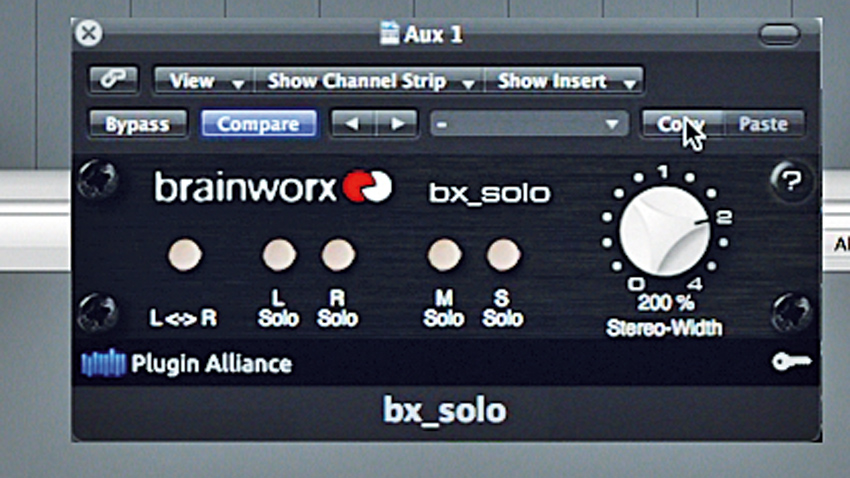
Step 2: To widen the reverbed sound and make it fill out the mix even more, we use the free mid/side bx_solo plugin from Brainworx, set to a Width of 200%. This simply boosts the ‘side’ portion of the signal - essentially, the stereo elements of the reverb are increased in level.
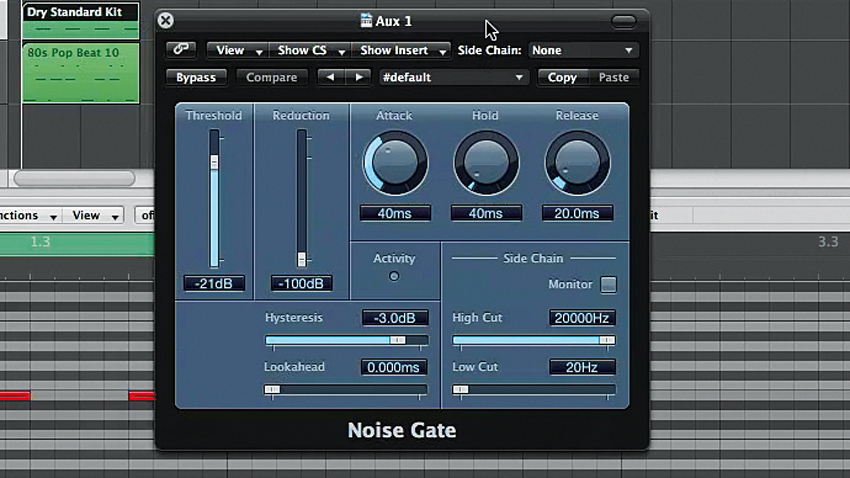
Step 3: A Noise Gate comes next, to chop of the reverb’s tail, giving us that familiar gated snare effect. We experiment with the Threshold setting and set a Release time of 20ms to prevent unwanted clicks. A 40ms Attack holds the gate before it opens, letting the snare’s crack through.
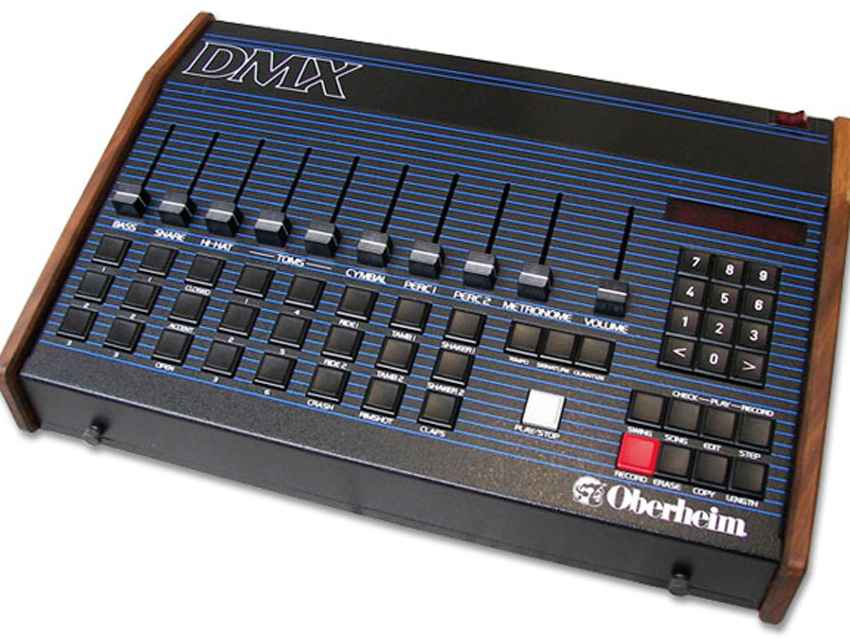
Programming '80s pop beats
'80s drum tracks featured some very distinctive sounds. Samples from drum machines like the Oberheim DMX (above) and Linn LM1/ LM2 were ever-present, so choose these kind of sounds in your own productions to add authenticity. Head to Trash Audio for free Linn sounds and Ultimate Free Samples for lots of other 1980s drums including the ubiquitous Roland TR series.
You can find many useful '80s drum sounds within our own plugins; ADM CM synthesises great TR-606 sounds, while CM505 features some terrific '80s synth percussion, especially within the Synthpop banks.
When it comes to programming the drums, use plenty of synthetic toms, cowbells and delayed claps. Kicks and snares were seldom used in a basic 4/4 arrangement, but peppered throughout rhythms on the offbeats. Compression was usually not so heavily applied to drums as it is in modern tracks, so go easy with this. Kick drums in particular didn’t sound as weighty as they do now, with most of the driving percussion power coming from the snare. Add in some chamber or plate reverb to push the drums back in the mix and give an 80s sheen.
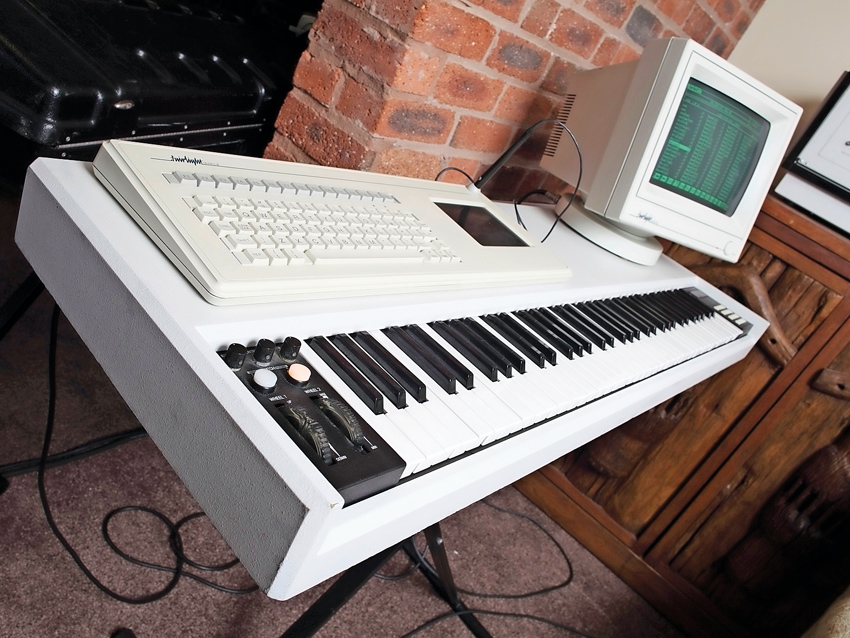
Make an orchestral hit
The ORCH5 sample from the Fairlight CMI (above) cropped up in countless iconic '80s tracks - Afrika Bambaataa’s Planet Rock is a particularly clear example.
The original sample is said to have been culled from Stravinsky’s Infernal Dance. Make your own by layering staccato orchestral sounds, resampling them and applying a bitcrusher.
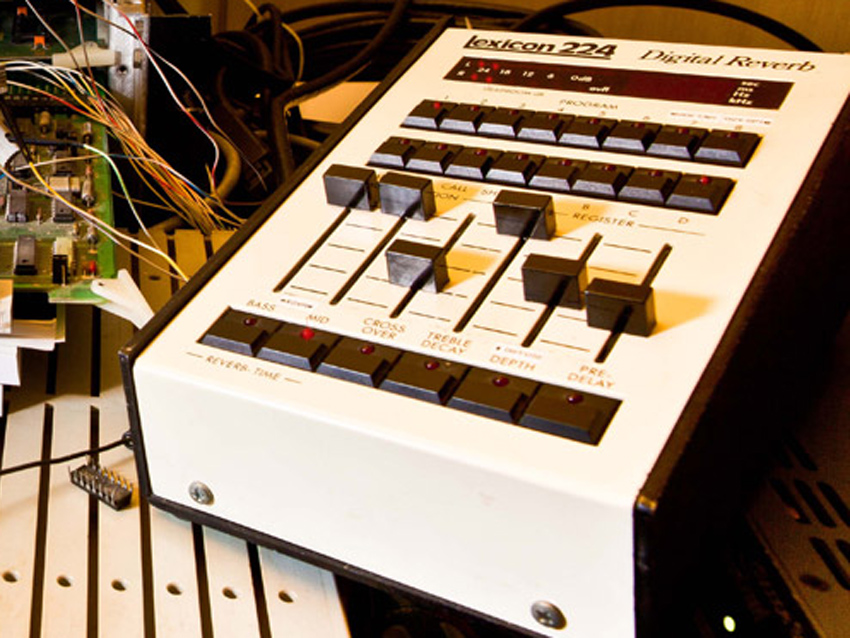
Vocal 'verb
There are distinctive elements to '80s vocals, especially from British artists. The vocals were often sung rather dramatically with plenty of vibrato. In addition, the lack of detailed pitch/timing correction meant that singers’ shortcomings couldn’t be corrected digitally.
Slapback delay and harmonisation would often thicken up dry vocals. Reverb was used liberally, so dial up the wet value of your hall and plate reverb plugins to create a ‘cave’- like ambience.
Lexicon hardware reverbs helped to define the sound of the era. You can get their 224 unit (above) as a modelled plugin from Universal Audio, Native Instruments (Reverb Classics) or Lexicon itself. There are also impulse responses sampled from real Lexicon units that are worth a try, with a free selection at Housecall captured from a Lexicon 480L - load them in convolution plugins like Reverberate CM.
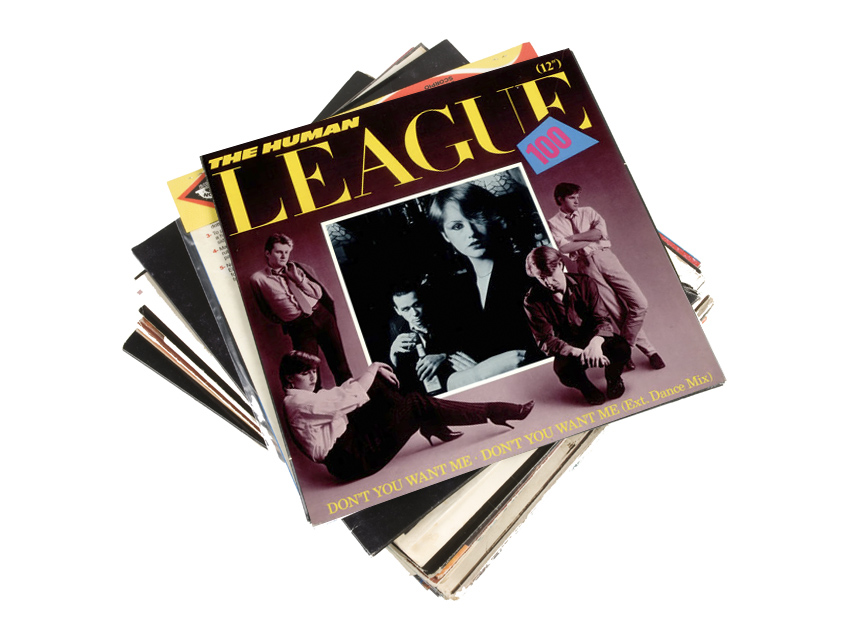
Pop synths
Ditch the guitar and go for a fat synth lead instead. Here, we’ll pastiche the lead riff from The Human League’s Don’t You Want Me.
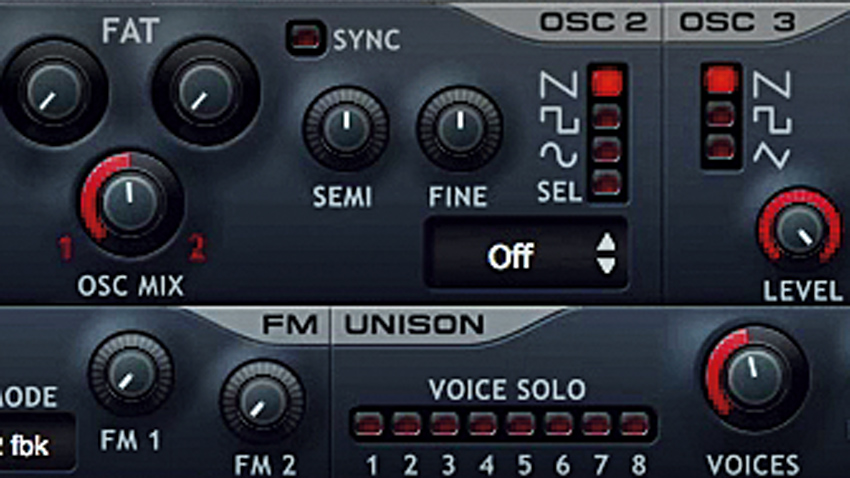
Step 1: Starting with the INIT patch in Dune CM, we set a 50/50 mix of OSC1 & 2 and 100% level for OSC3 which plays an octave below. All are set to saw waves. Set the Unison Voices to 4, Detune to 15 and Spread to 70 for a thick sound.
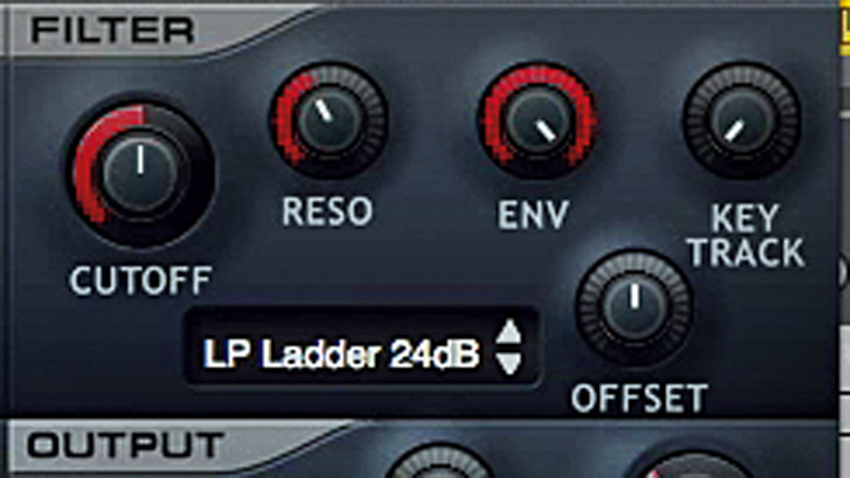
Step 2: Set the Filter’s Cutoff to 50, Reso to 40 and Env to 100. Change the filter shape to LP Ladder 24dB, which will give us a sharp filter cutoff with more pronounced resonance. We set the FM1 dial to 20%, dialling in a little frequency modulation to make the sound crisper still.
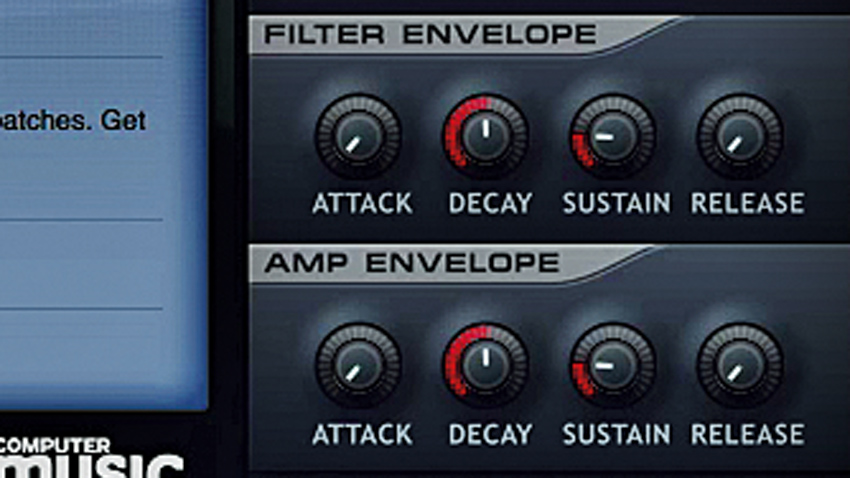
Step 3: Set the Filter and Amp envelopes to a Decay of 50 and Sustain of 20. This gives us a bouncy lead sound as the filter closes. In Live 9, we add an Overdrive plugin (though any basic drive plugin will do), setting Tone to 20% with 70% Wet and Drive levels. Finally, a touch of reverb seals the deal.
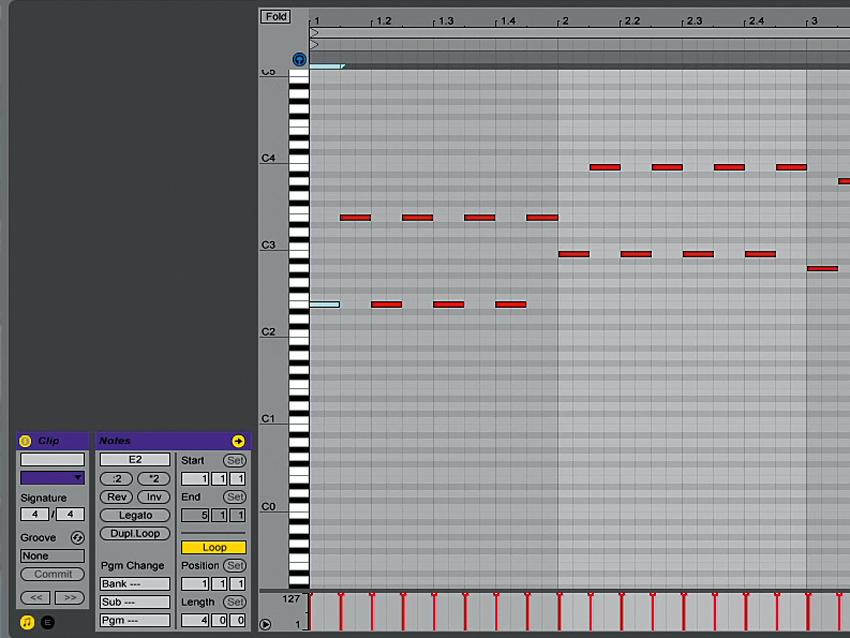
Bouncy octave bass
The sound of a bouncy ‘octave’ bass playing eighth-notes is a standard '80s pop trope, and a synth with FM capabilities is great for this.
Set one of the oscillators to a pulse wave with the filter cutoff controlled by an envelope with an immediate attack and a reasonably fast decay to nothing (ie, sustain at minimum). Then modulate that oscillator with another oscillator. A square wave is perfect for this, but you can play around with others. Playing notes from alternate octaves (or using an arpeggiator to achieve the same) will create a bassline similar to New Order’s Blue Monday.
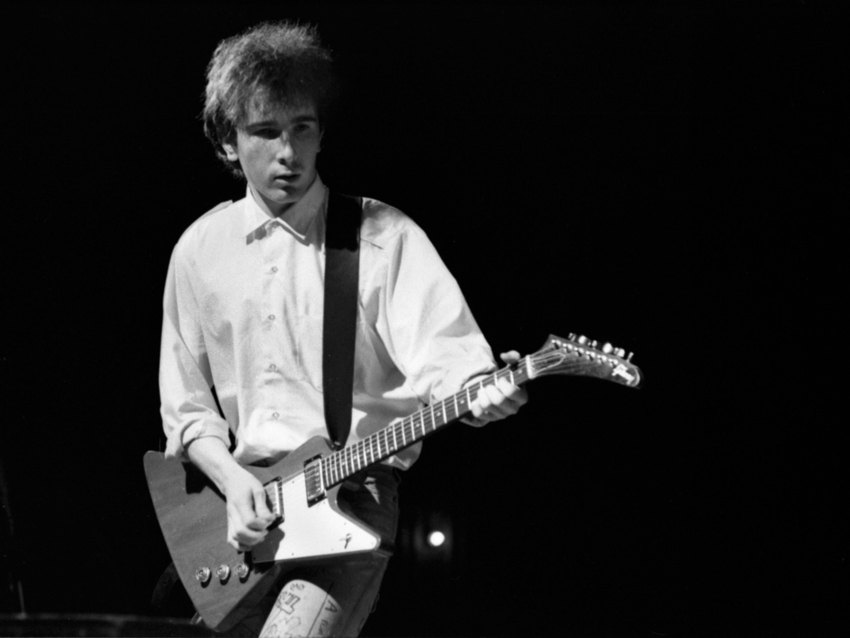
Big '80s guitars
There are some distinctive tricks that can make a guitar sound like it’s straight out of the '80s. Artificial Double Tracking (ADT) was often used to thicken up the sounds of guitars, and there are many plugins that’ll emulate this.
For a more hands-on approach, take your mono guitar and duplicate the channel twice, so you have three channels. Add a short 20-30ms slapback delay to one of these using a delay plugin. Pan the other two hard left and right, then put a pitchshifter on each - one set to +5 cents, the other at -5 cents, 100% wet. Route these three tracks to a bright hall or plate reverb (or both for extra depth!).
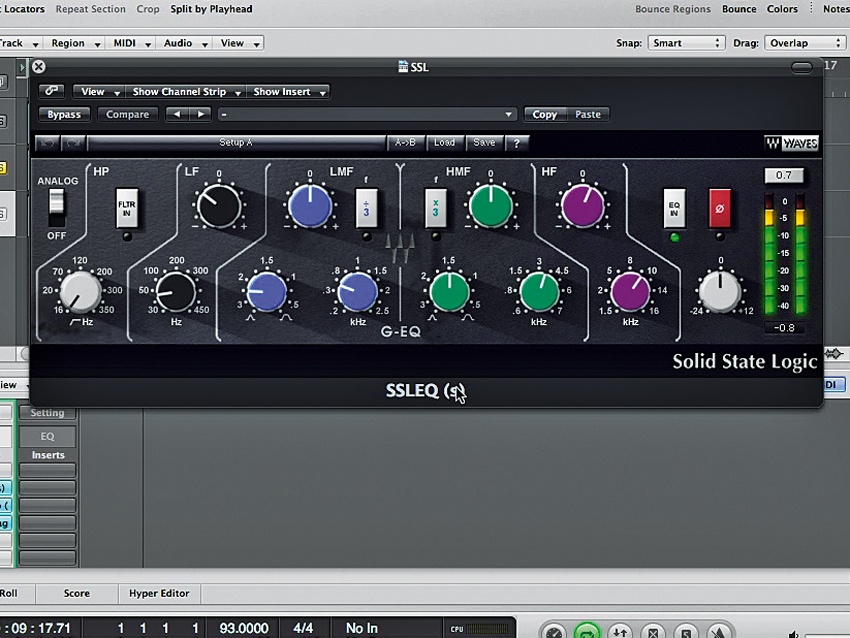
Master bus processing, 80s-style
Listen carefully to any '80s pop track and you might be surprised at the clarity and finesse of the mixes. Part of this was due to the domination of the Solid State Logic 4000 mixing desks, with their clean-sounding EQ and punchy master bus compressor. This signal path has since been modelled by Waves and Universal Audio, or you can get EQ and buss compression from SSL itself.
Low frequencies were often dialled back, and there was typically an emphasis in the 8-9kHz range to add bite and sheen. On the master channel, brickwall limiting as we now know it was not used, but subtler compression was common. This created more dynamic range in the music than modern tracks.
Lastly, use a tape emulation plugin to ‘glue’ the track together and mimic two-inch tape recording.
Computer Music magazine is the world’s best selling publication dedicated solely to making great music with your Mac or PC computer. Each issue it brings its lucky readers the best in cutting-edge tutorials, need-to-know, expert software reviews and even all the tools you actually need to make great music today, courtesy of our legendary CM Plugin Suite.
